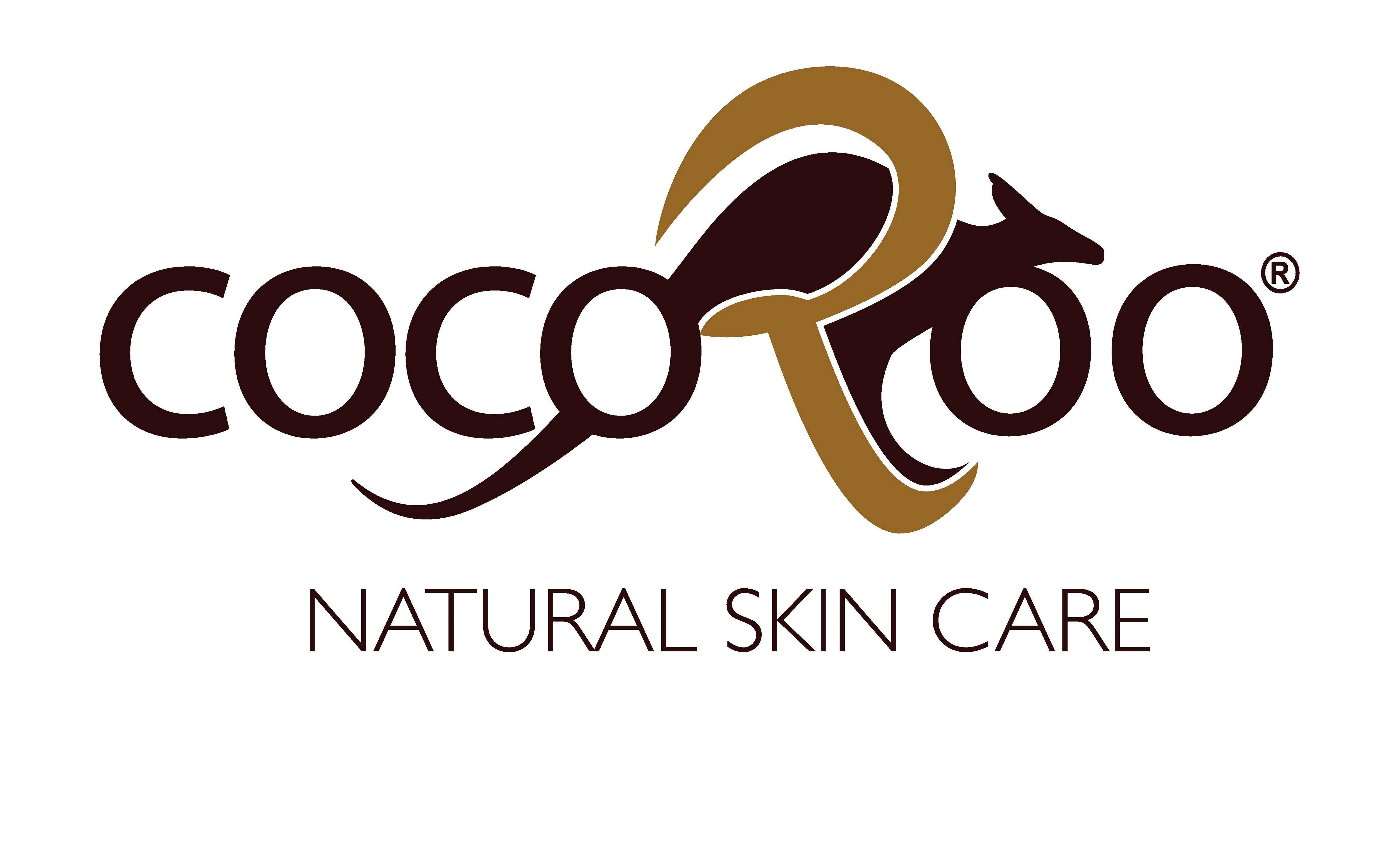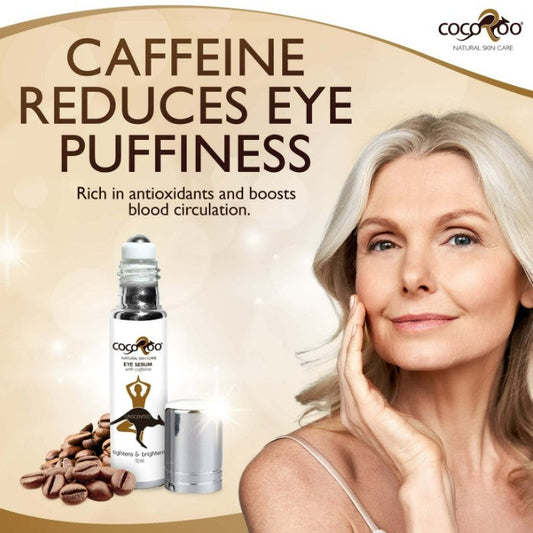 As we age, our skin undergoes a variety of changes, many of which can be frustrating or concerning. One of the most common complaints is the development of crepey skin, a condition often confused with wrinkles. While both are related to aging, they are distinct in how they manifest and what causes them. In this blog, we will explore what crepey skin is, how it differs from wrinkles, and what areas of the body are most commonly affected. We will also delve into the hormonal impact of perimenopause and menopause on skin, as well as how various treatments—such as ceramides, antioxidants, Vitamin C, and Kakadu plum oil—can help to combat crepey skin.
As we age, our skin undergoes a variety of changes, many of which can be frustrating or concerning. One of the most common complaints is the development of crepey skin, a condition often confused with wrinkles. While both are related to aging, they are distinct in how they manifest and what causes them. In this blog, we will explore what crepey skin is, how it differs from wrinkles, and what areas of the body are most commonly affected. We will also delve into the hormonal impact of perimenopause and menopause on skin, as well as how various treatments—such as ceramides, antioxidants, Vitamin C, and Kakadu plum oil—can help to combat crepey skin.
What is Crepey Skin?
Crepey skin is often described as thin, fragile, and finely wrinkled, resembling crumpled or creased tissue paper. Unlike typical wrinkles, which tend to be deeper and more localized (such as around the eyes or mouth), crepey skin covers larger areas of the body and can affect multiple regions, including the eyes, face, neck, arms, and legs. It is a sign of aging that occurs due to the breakdown of collagen and elastin, which are the proteins that give skin its elasticity and structure.
Key Characteristics of Crepey Skin:
- Thin and fragile texture
- Fine lines spread over a large surface
- Loss of elasticity
- Dry, often itchy, and more prone to tearing or bruising
Crepey Skin vs. Wrinkles
Wrinkles, on the other hand, tend to be more associated with repetitive facial expressions and the loss of skin elasticity. Wrinkles appear in specific areas like around the eyes (crow's feet), the mouth (laugh lines), and the forehead. They tend to be deeper and more sharply defined than crepey skin.
In short:
- Crepey skin: Thin, finely wrinkled, and often spread across large areas, due to a loss of collagen and elastin.
- Wrinkles: Deeper, localized folds caused by repetitive movements and volume loss.
Crepey Skin in Various Areas
Eyes
The skin around the eyes is among the thinnest on the body, making it one of the first areas to show signs of aging, including crepiness. The loss of fat, collagen, and elastin, combined with the effects of squinting and sun exposure, can cause this delicate skin to sag and wrinkle in a crepey manner.
Face
On the face, crepey skin often appears in areas that are frequently exposed to the sun. This can include the cheeks, forehead, and jawline. Facial crepey skin can give an overall appearance of sagging and thinning, particularly when there is also a loss of facial volume.
Neck
The neck is another area prone to crepey skin due to its thinner dermal layers and constant exposure to environmental factors such as UV radiation. The repetitive motions of turning and bending the neck can also lead to skin laxity, further contributing to a crepey appearance.
Arms
The arms, especially the upper arms, are common sites for crepey skin, particularly in women. This can be exacerbated by weight fluctuations, sun exposure, and natural aging, leading to loose, sagging skin.
Hormonal Impact: Crepey Skin in Perimenopause and Menopause
The hormonal changes associated with perimenopause and menopause have a profound effect on the skin, contributing to crepiness, dryness, and loss of elasticity. Estrogen plays a critical role in maintaining skin health by promoting collagen production, retaining moisture, and supporting skin thickness. As estrogen levels decline during perimenopause and menopause, skin begins to lose its youthful plumpness and resilience.
Key hormonal factors affecting crepey skin during perimenopause and menopause:
- Decreased estrogen: Reduces collagen production, leading to thinner, more fragile skin.
- Reduced hyaluronic acid: Declining levels of this natural moisturizer lead to drier, less hydrated skin.
- Slower cell turnover: Skin renewal slows down, making it harder for the skin to repair itself and maintain smoothness.
During this time, women may notice more pronounced crepey skin on the arms, neck, and face. Preventative care and targeted treatments are essential to combat these hormonal changes and keep skin looking more youthful.
Treating Crepey Skin: Ceramides, Antioxidants, and Vitamin C
Crepey skin is challenging to treat, but a comprehensive skincare routine focusing on hydration, collagen production, and protection from environmental damage can help to reduce its appearance.
Ceramides
Ceramides are essential lipids found naturally in the skin’s outer layer. They play a critical role in maintaining the skin’s barrier function, helping to lock in moisture and protect against environmental stressors. As we age, the skin’s natural ceramide levels decrease, contributing to dryness and fragility, both of which exacerbate the crepey texture.
Using products rich in ceramides can help to restore the skin’s barrier, improve hydration, and make the skin appear smoother and plumper. Look for creams and serums containing ceramides to support the skin's natural defenses and prevent further moisture loss.
Antioxidants
Antioxidants are crucial in the fight against crepey skin because they neutralize free radicals—unstable molecules that can damage skin cells and accelerate aging. Free radicals are produced by environmental factors such as UV exposure, pollution, and stress.
Using products rich in antioxidants like Vitamin E, green tea extract, and niacinamide can help to protect the skin from damage, stimulate collagen production, and improve the overall texture of the skin.
Vitamin C
Vitamin C is a powerful antioxidant that is essential for collagen synthesis. Collagen helps to maintain the skin’s structure and elasticity, and as we age, its production naturally declines. Vitamin C not only helps to stimulate new collagen but also protects the skin from oxidative damage.
When used in a skincare routine, Vitamin C can help to reduce the appearance of crepey skin by brightening the complexion, firming sagging areas, and smoothing out fine lines. It is best to use a stable, high-concentration Vitamin C serum to achieve optimal results.
Kakadu Plum Oil: Nature’s Highest Natural Source of Vitamin C
 Kakadu plum, a fruit native to Australia, is one of the richest natural sources of Vitamin C in the world, containing up to 100 times more Vitamin C than oranges. This makes it a potent ingredient in the treatment of crepey skin. Kakadu plum oil is an excellent addition to anti-aging skincare routines because of its high concentration of antioxidants, particularly Vitamin C.
Kakadu plum, a fruit native to Australia, is one of the richest natural sources of Vitamin C in the world, containing up to 100 times more Vitamin C than oranges. This makes it a potent ingredient in the treatment of crepey skin. Kakadu plum oil is an excellent addition to anti-aging skincare routines because of its high concentration of antioxidants, particularly Vitamin C.
Benefits of Kakadu Plum Oil for Crepey Skin:
- High in Vitamin C: Helps to stimulate collagen production, improving skin elasticity and firmness.
- Rich in antioxidants: Protects the skin from free radical damage and reduces oxidative stress.
- Hydrating: Enhances moisture retention in the skin, plumping and smoothing the crepey texture.
Using Kakadu plum oil or serums containing Kakadu plum extract can provide targeted support to the skin, helping to repair the damage that contributes to crepiness, particularly in sun-exposed areas like the face, neck, and arms.
Dermatologist-Recommended Solutions for Treating Crepey Skin
When it comes to treating crepey skin, dermatologists emphasize a multi-faceted approach that combines hydration, collagen stimulation, and protection from environmental damage. Here are five leading dermatologists’ recommendations for combating crepey skin:
1. Dr. Whitney Bowe
Dr. Bowe emphasizes the importance of hydration and barrier repair for crepey skin. She recommends incorporating ceramide-rich products to restore the skin’s natural moisture barrier and using hyaluronic acid to keep the skin hydrated. Additionally, she advises using retinol or retinoids to stimulate collagen production, which helps to improve the texture and firmness of crepey skin.
2. Dr. Dennis Gross
Dr. Gross highlights the importance of using antioxidants in your skincare routine. He recommends using a Vitamin C serum daily to combat oxidative stress and boost collagen production. He also suggests incorporating AHAs (alpha hydroxy acids) to exfoliate the skin and improve texture. His philosophy focuses on creating smoother, firmer skin through a combination of exfoliation and antioxidant protection.
3. Dr. Sandra Lee (Dr. Pimple Popper)
Dr. Lee suggests using over-the-counter retinoids as a first step in treating crepey skin. Retinoids help to increase cell turnover, promoting the growth of new skin cells and improving elasticity. She also recommends using a gentle, moisturizing cream containing ceramides to help repair the skin’s barrier and improve hydration.
4. Dr. Shereene Idrissy
Dr. Idriss recommends incorporating peptides into your skincare routine to help repair and rebuild the skin’s structure. Peptides are short chains of amino acids that act as building blocks for proteins like collagen and elastin. Using peptide-rich products can help to firm and smooth crepey skin, particularly when combined with antioxidant-rich serums like Vitamin C.
5. Dr. Dendy Engelman
Dr. Engelman advises using body treatments designed specifically for crepey skin on areas such as the arms and legs. She suggests using creams and serums containing ingredients like hyaluronic acid, shea butter, and niacinamide to improve hydration and elasticity. Dr. Engelman also recommends in-office treatments such as laser resurfacing or microneedling to stimulate collagen production and improve skin texture.
Conclusion
Crepey skin is a common sign of aging that can be managed with the right skincare routine and treatments. While it differs from wrinkles in its texture and scope, both conditions stem from a loss of collagen, elastin, and moisture. Incorporating ceramides, antioxidants, and Vitamin C will definitely improve the signs of crepey skin.





